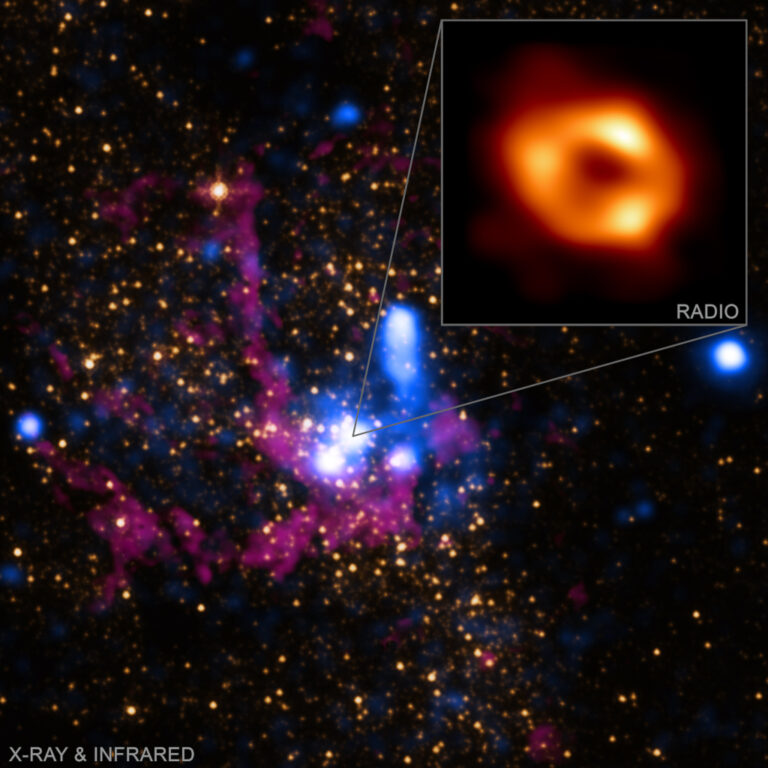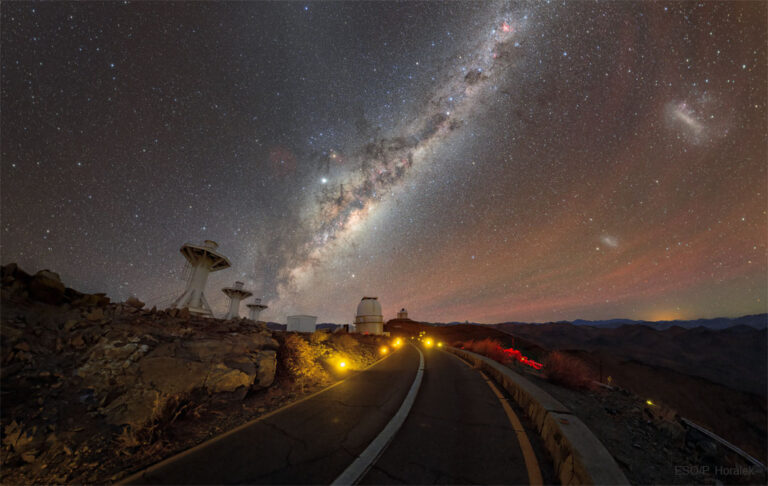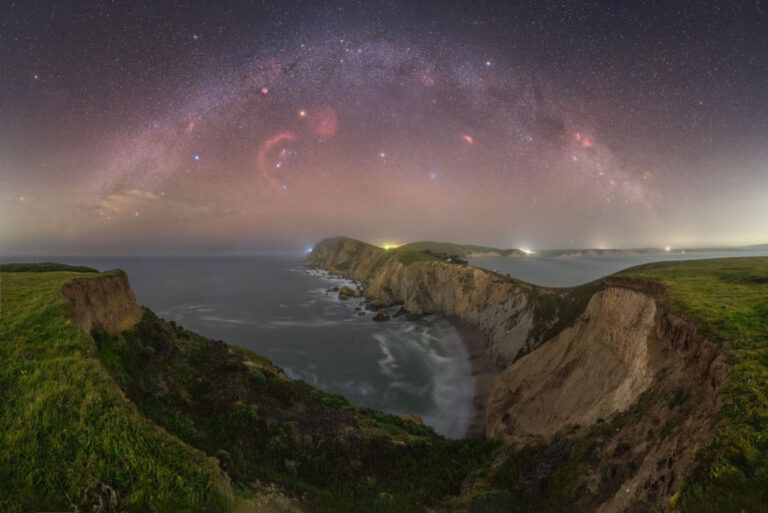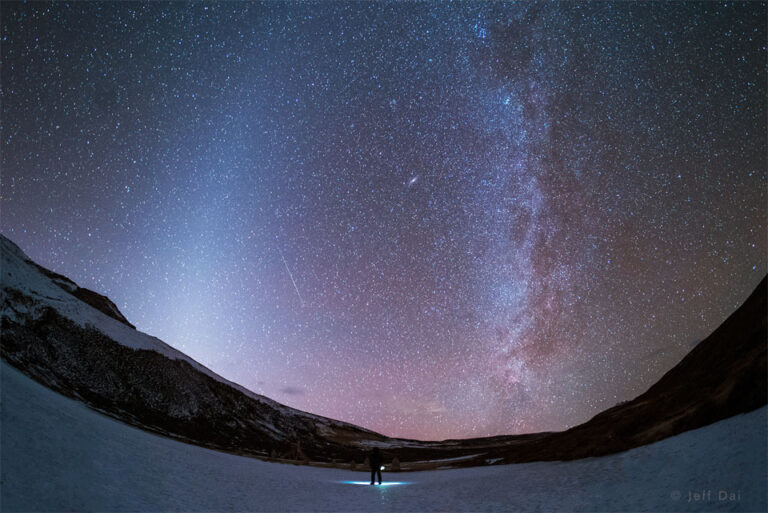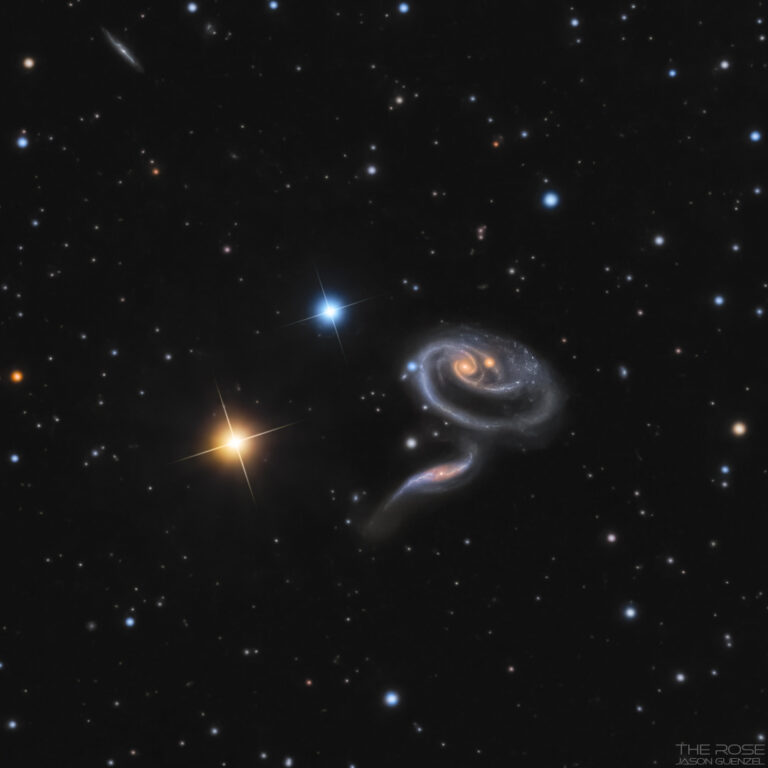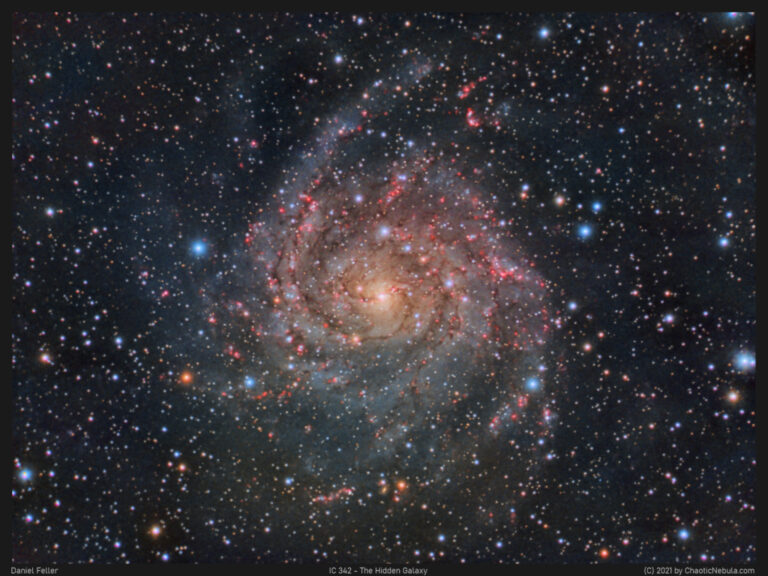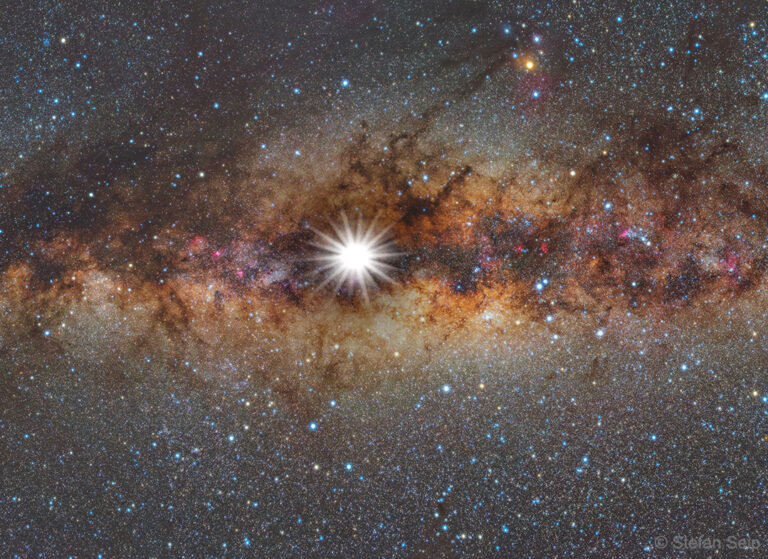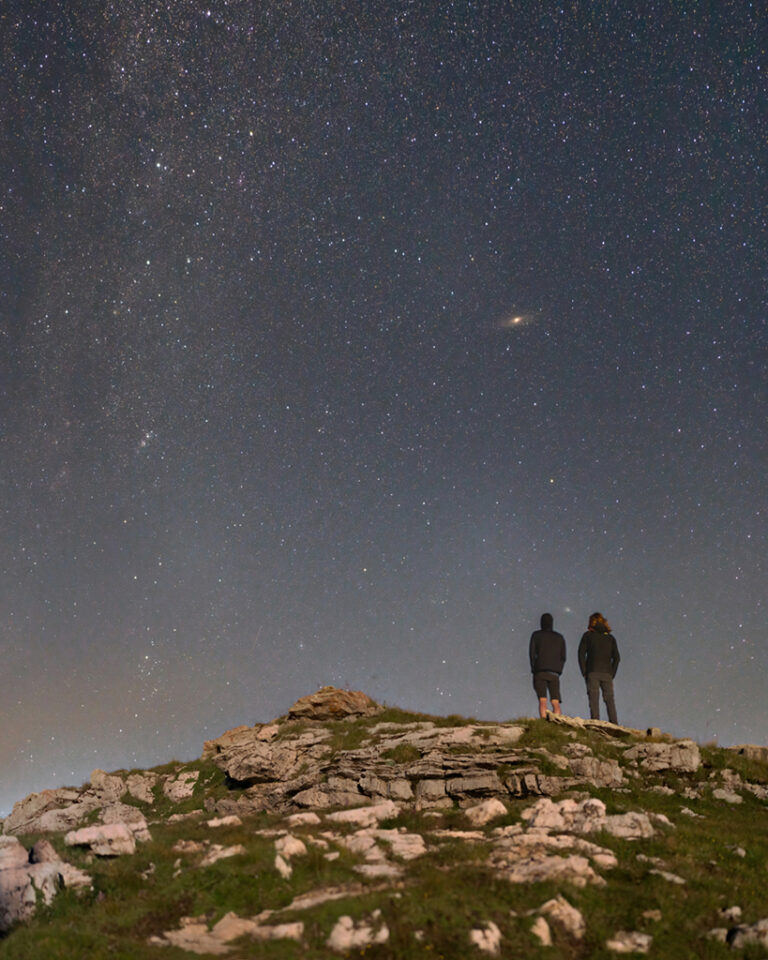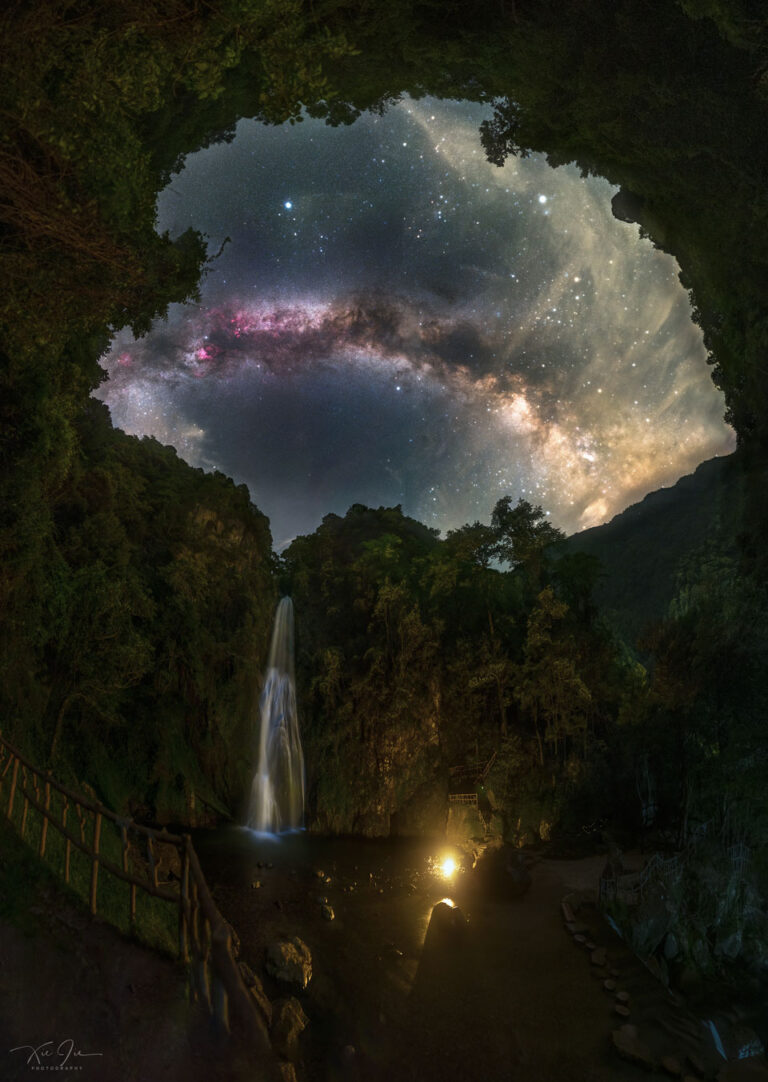银河系的黑洞
2022年5月13日 The Milky Way’s Black Hole Image Credit: X-ray – NASA/CXC/SAO, IR – NASA/HST/STScI; Inset: Radio – Event Horizon Telescope Collaboration Explanation: There’s a black hole at the center of the Milky Way. Stars are observed to orbit a very massive and compact object there known as Sgr A* (say “sadge-ay-star”). But this just released radio image (inset) from planet Earth’s Event Horizon Telescope is the first direct evidence of the Milky Way’s central black hole. As predicted by Einstein’s Theory of General Relativity, the four million solar mass black hole’s strong gravity is bending light and creating a shadow-like dark central region surrounded by a bright ring-like structure. Supporting observations made by space-based telescopes and ground-based observatories provide a wider view of the galactic…

